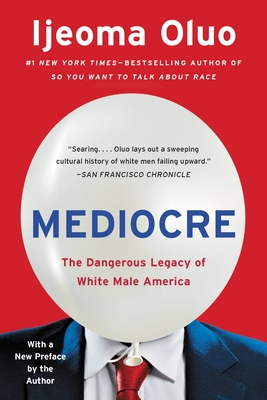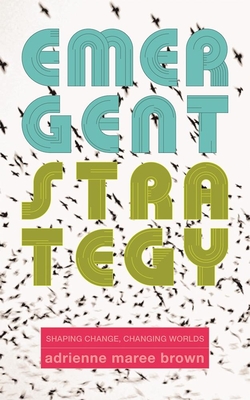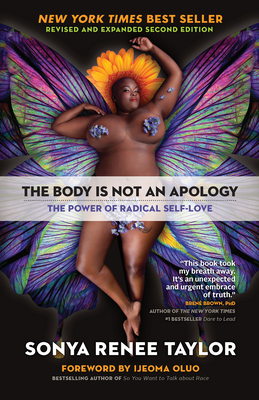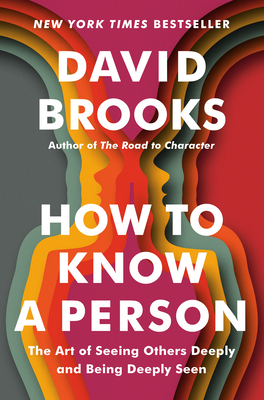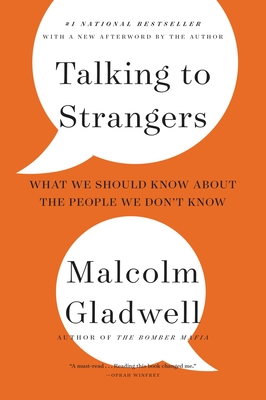
Rhymin' and Stealin': Musical Borrowing in Hip-Hop (Tracking Pop)
Description
Rhymin’ and Stealin’ begins with a crucial premise: the fundamental element of hip-hop culture and aesthetics is the overt use of preexisting material to new ends. Whether it is taking an old dance move for a breakdancing battle, using spray paint to create street art, quoting from a famous speech, or sampling a rapper or 1970s funk song, hip-hop aesthetics involve borrowing from the past. By appropriating and reappropriating these elements, they become transformed into something new, something different, something hip-hop. Rhymin’ and Stealin’ is the first book-length study of musical borrowing in hip-hop music, which not only includes digital sampling but also demonstrates a wider web of references and quotations within the hip-hop world. Examples from Nas, Jay-Z, A Tribe Called Quest, Eminem, and many others show that the transformation of preexisting material is the fundamental element of hip-hop aesthetics. Although all music genres use and adapt preexisting material in different ways, hip-hop music celebrates and flaunts its “open source” culture through highly varied means. It is this interest in the web of references, borrowed material, and digitally sampled sounds that forms the basis of this book—sampling and other types of borrowing becomes a framework with which to analyze hip-hop music and wider cultural trends.
Praise for Rhymin' and Stealin': Musical Borrowing in Hip-Hop (Tracking Pop)
"Rhymin’ and Stealin’ is a very welcome addition to the canon of hip-hop scholarship. Williams’ innovative contribution is his ability to broaden theories of borrowing beyond their typical scope of lyrical content and musical samples to include figurative borrowings of spatial and temporal concepts. The book is well researched and brilliantly written, a powerful offering of new ways to consider and contextualize the practice of borrowing in hip-hop."
—Ethnomusicology Review
— Ethnomusicology Review

